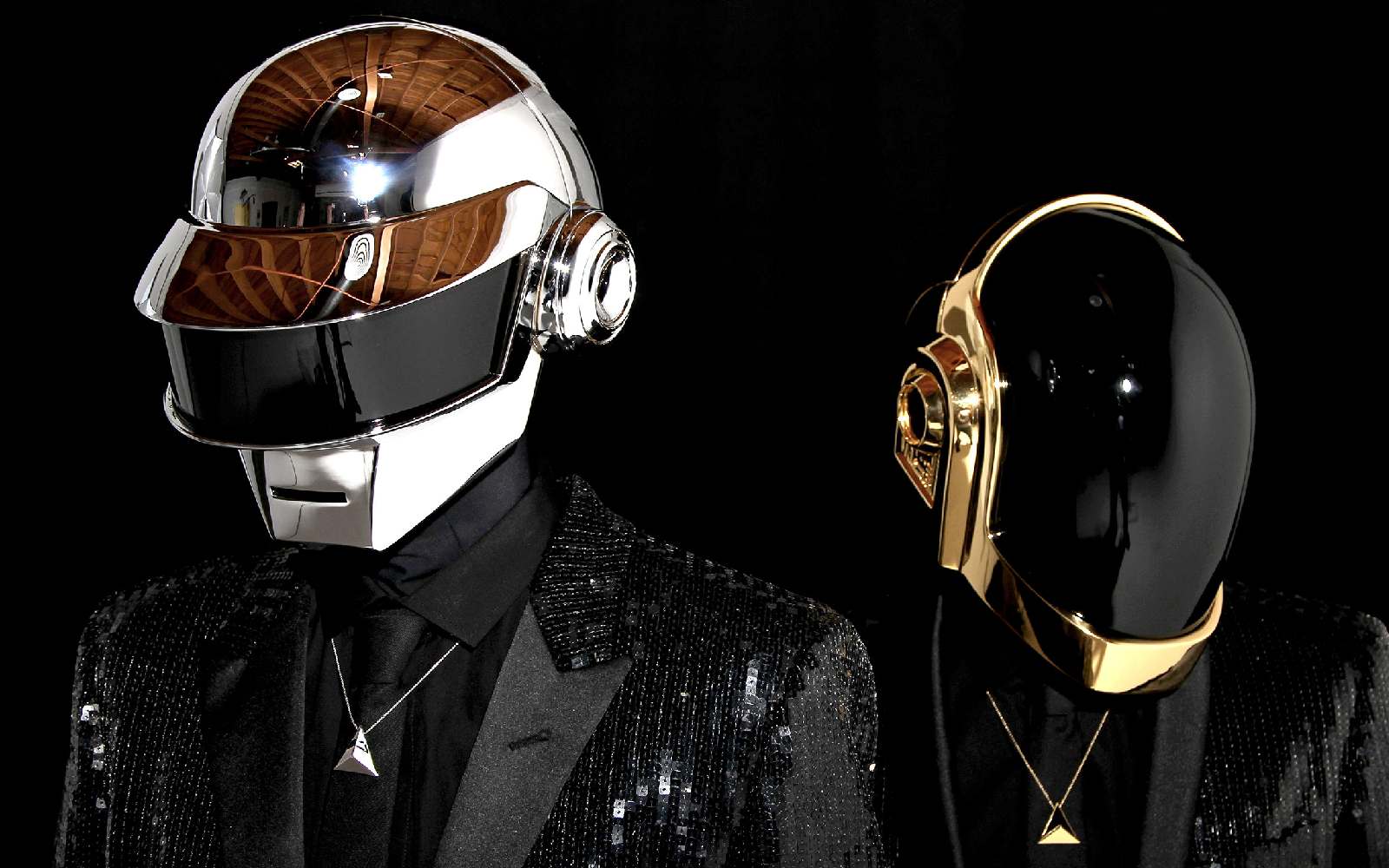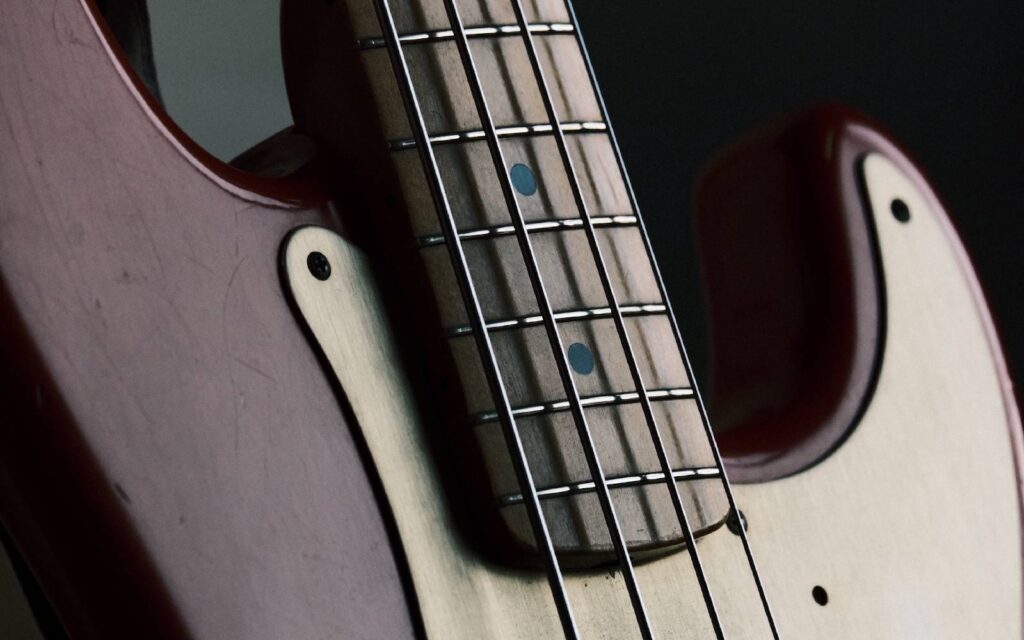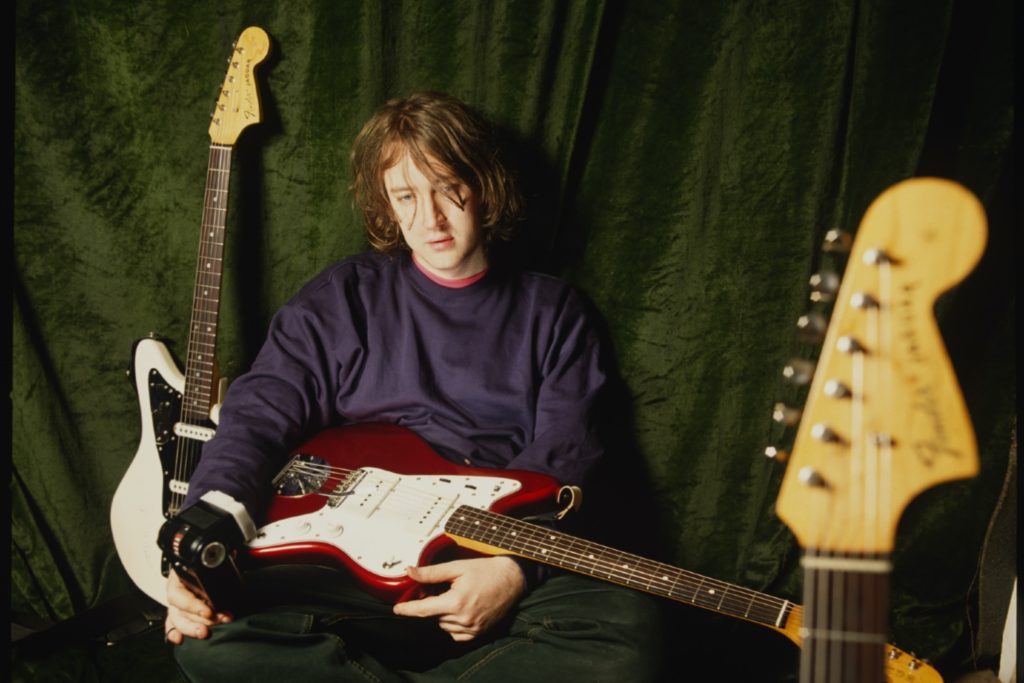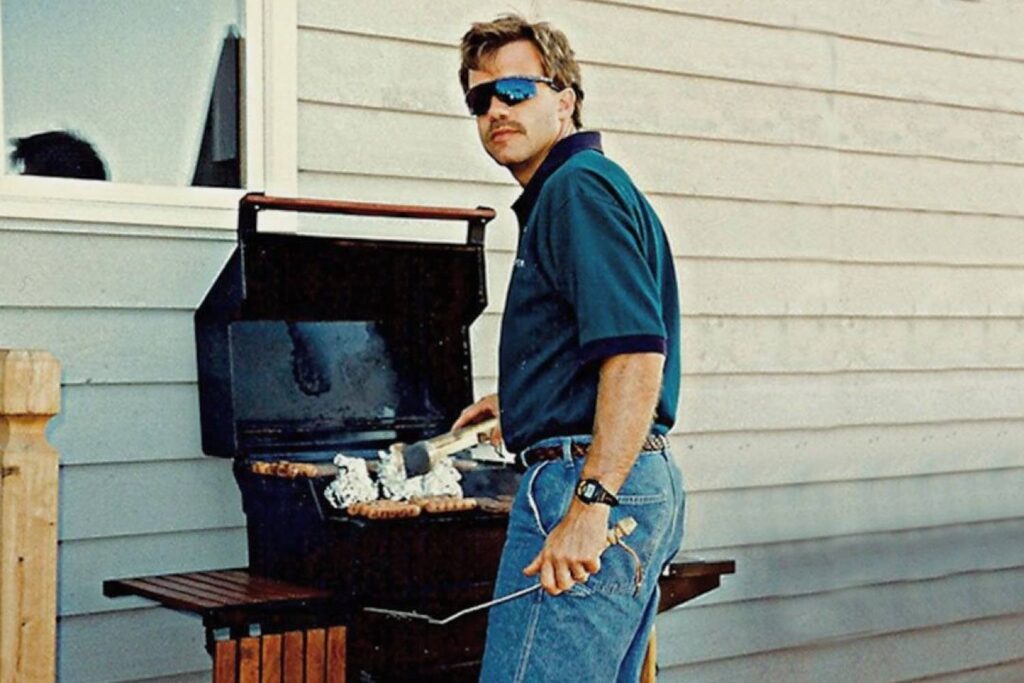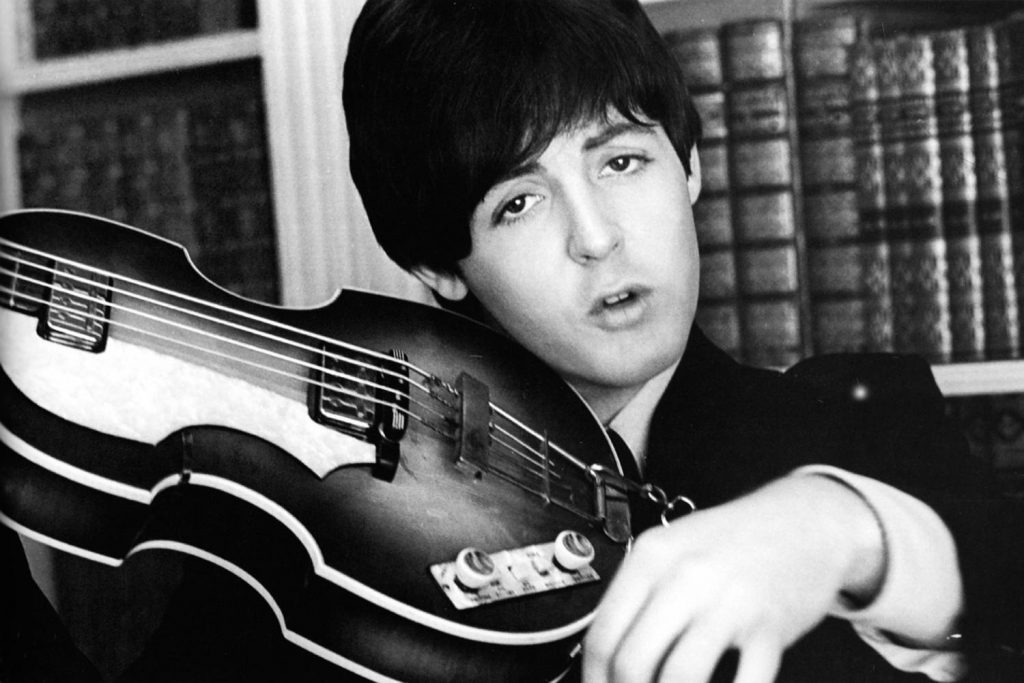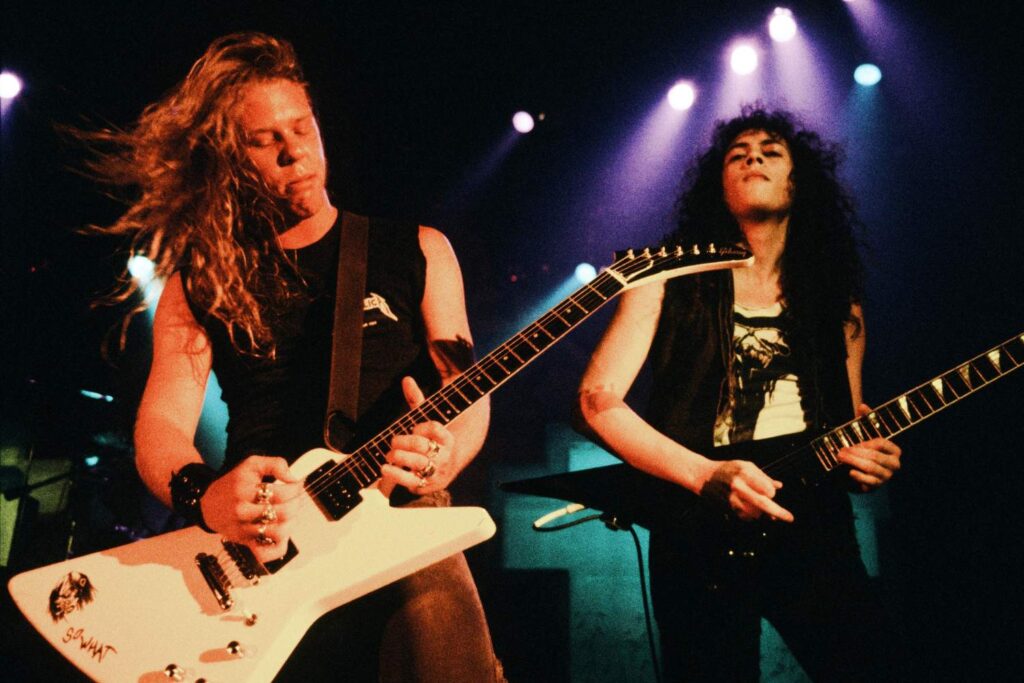We celebrate the achievements of pioneering French electronic duo Daft Punk.
Daft Punk, the pioneering French duo formed by school friends Thomas Bangalter and Guy-Manuel de Homem-Christo in 1993, would revolutionise dance music several times over with their intelligent approach towards production, sampling and performance and their cunning approach towards marketing.
Read up on all the latest features and columns here.
On top of their various other achievements throughout the ’90s and ’00s, Daft Punk are perhaps best known for their 2013 LP Random Access Memories, which spawned one of the biggest hit singles of the modern era with ‘Get Lucky’ and earned the duo four Grammy Awards, including Album of the Year, at the 2014 ceremony.
We’re casting our eyes back on the inimitable career of the French robots to relive some of their biggest moments, from ‘Da Funk’ and ‘One More Time’ all the way through to Random Access Memories and their collaborations with Kanye West and The Weeknd, asserting their status as one of the most pivotal electronic acts of all time.
‘Da Funk’ – Homework (1995)
Inspired by the funky West Coast grooves of Warren G’s ‘Regulate’, a young Thomas Bangalter and Guy-Manuel de Homem-Christo bunkered down in the studio in May 1995 to lay down the bedrock of what would become ‘Da Funk’; a blistering mid-tempo bounce driven by a chest-thumping kick drum, skittish guitar stabs and a careening acid bassline.
Released as the follow-up to the duo’s debut single ‘The New Wave’, ‘Da Funk’ initially floundered on the charts until it was co-signed by big room electro titans The Chemical Brothers, who incorporated it into their live sets and exposed international audiences to the French duo’s pioneering sound.
After the success of ‘Da Funk’ helped break them to a broader global audience, Bangalter and de Homem-Christo were able to secure themselves both a manager and a recording contract with Virgin Records in 1996, with the duo continuing to tour over the course of the year as they steadily chipped away at recording their forthcoming debut.
‘Revolution 909’ – Homework (1997)
Released in January of 1997, Homework was deemed by many in dance circles as one of the most hyped debut albums of all time, and boy did it meet those expectations. Listeners were treated to a smorgasbord of rolling house, squelching acid, subtle funk and thudding techno, with the group’s electronic production prowess and an uncanny grasp of pop sensibilities kicking down the door for the French house sound all around the world.
From front to back, there’s not a miss to be found across Homework. On ‘Phoenix’, ‘High Fidelity’ and ‘Indo Silver Club’, Bangalter and de Homem-Christo swing their drums with reckless abandon and layer low-passed basslines and key stabs to make for the record’s grooviest moments, whereas tracks like ‘Rollin’ & Scratchin’, ‘Oh Yeah’ and ‘Rock’n Roll’ see them flaunt with harsh modulation and obliterating side-chained kicks to tap into their techno leanings.
Of course, Homework is best known for ‘Da Funk’ and the now ubiquitous ‘Around The World’ – and we’ll get to that shortly – but there’s no track that better represents Daft Punk’s sound during this era than ‘Revolution 909’. A masterstroke of drum programming and sonic design, the song sees the duo thumb their nose to the French government’s stance against raves, with its bouncing kick drum and crisp hi-hats being a textbook example of both the group’s pioneering French house sound and the iconic drum machine that it shared a title with.
‘One More Time’ – Discovery (2000)
After winning the hearts of the dance world with Homework, Daft Punk returned to the studio in 1998 and began to work heavily with samples, with the duo often utilising live instruments to re-record the tracks they’d sample as a means of retaining audio quality.
One of the first tracks to emerge from these studio sessions was ‘One More Time’; a hyper-compressed, Auto-Tune drenched banger that featured American vocalist Romanthony, which the duo initially shelved until deciding to release it as the lead single for Discovery in November 2000.
Lauded as an instant hit upon release, ‘One More Time’ rocketed up international dance charts and singlehandedly turned Daft Punk – who had recently adopted their new robotic identities following a supposed studio mishap on 9 September 1999 (at 9.09am, nonetheless) that required the duo to be rebuilt after a sampler exploded – from French rave lords into international pop stars. It’s now recognised as one of the most iconic tracks of the 2000s, and acted as an almighty tease of what audiences were in store for when Discovery would drop in full on March 12 2001.
‘Something About Us’ – Discovery (2001)
Peppered with elements of garage, R&B, synthpop and soul music, Discovery set yet another benchmark for what could constitute as house music, and saw Bangalter and de Homem-Christo, who were both heavily inspired by Aphex Twin’s 1999 opus ‘Windowlicker’, set out to define themselves as masters of musical reinvention.
Across its hour-long runtime, Discovery leaves nearly no stone unturned. While tracks like ‘Voyager’, ‘High Life’ and ‘Crescendolls’ could’ve easily squeezed onto Homework’s track-listing, the album presented its fair share of curveballs: in addition to the duo spawning a new poppier sound with songs like ‘One More Time’ and ‘Harder, Better, Faster, Stronger’, tracks like ‘Aerodynamic’, ‘Digital Love’ and ‘Face to Face’ saw Daft Punk embrace the electric guitar, while the twinkling ‘Superhoes’ and ‘Veridis Quo’ verged on Euro trance and baroque disco respectively.
If there was any true outlier on Discovery, it’d have to be ‘Something About Us.’ A soulful down-tempo number driven by a subtle bassline, jazzy Fender Rhodes chords and the group’s signature Auto-Tuned vocals, ‘Something About Us’ proved the group’s instrumental chops as they began to pivot away from the programmed Roland sequences that defined their earlier material. Perhaps more apparent to the average listener was the song’s uncanny juxtaposition of cold, digitised vocals and emotive lyricism: a fitting trope that the duo would return to numerous times throughout their career.
‘Make Love’ – Human After All (2005)
Following Discovery’s unprecedented success and the release of both a feature-length film and remix album Daft Club in 2003, Daft Punk returned with their third studio album Human After All in 2005. For many, this record is unquestionably the French duo’s patchiest effort: recorded in only six weeks with an uncharacteristically limited array of instrumentation, the album’s brand of dance-rock was labeled by some critics as repetitive and joyless, and was seen by many as a major regression for the act.
Despite the album’s negative reception, there’s still a bevy of bangers to be found across Human After All: the lead melody of the title track is a major earworm, and ‘Technologic’ will remain timeless in all of its minimalist, jarring glory, while ‘Robot Rock’ and ‘The Brainwasher’ each have their own golden moments, even if they are a tad repetitive.
The album’s unsuspecting highlight, ‘Make Love’, sees the band carry on the melancholy stylings of 2001’s ‘Something About Us’ and provide some much-needed respite from the onslaught of synth-rock that largely constitutes Human After All. It’s a song that sees Daft Punk reaffirm themselves as moody robotic maestros, and holds up even today as one of the duo’s most underrated moments on record.
‘Around The World / Harder, Better, Faster, Stronger’ – Alive 2007 (2007)
Human After All may not have stirred up much in the way of fuss when it was released as an album, but when Daft Punk took it on the road for their now-legendary Alive 2006/2007 tour, it seemed that listeners finally got what it was all about. The blockbuster tour saw Bangalter and de Homem-Christo’s impeccably rearrange their tracks into fast-paced live edits to perform on an expansive electronic setup – atop of a luminescent, laser-shooting pyramid, of course – to make for one of the most talked about live shows of the year, let alone the decade.
While Alive 2006/2007 gave audiences a chance to hear Human After All as the robots originally intended, it was a mash-up of two of the group’s earlier hits – ‘Around The World’ and ‘Harder, Better, Faster, Stronger’ that really resonated with crowds. With the former being a staple of club nights for the better part of a decade and the latter receiving a pop culture renaissance thanks to its prominent use in Kanye West’s 2007 mega-hit ‘Stronger’, Daft Punk mixed the two songs together in astounding fashion to make it a centrepiece of their live show, adding darting arpeggios and seamlessly mixing both vocal melodies to make for one of their best moments yet.
‘Get Lucky’ – Random Access Memories (2013)
After wrapping up their Alive 2006/2007 tour and working on the soundtrack for the 2008 Tron reboot, Daft Punk began to envision the sound of their next studio album. The pair, who were both dissatisfied with the idea of working with loops to create another conventional dance record, instead sought inspiration from classic ’70s acts like Steely Dan, Fleetwood Mac, Michael Jackson and Pink Floyd, deciding to frame the album as a tribute to these acts and recruiting many of the era’s same session legends to perform on what would become Random Access Memories.
A month out from the release of Random Access Memories on April 19, 2013, Daft Punk would give listeners a taste of what was to come by unleashing the album’s lead single ‘Get Lucky’ unto the world. Featuring the vocals of The Neptunes’ Pharrell Williams and co-written by Chic legend Nile Rodgers (who also performed guitar on the track), ‘Get Lucky’ was an immediate smash, charting in the top ten of over 30 countries around the world and going on to sell upwards of nine million copies as of 2020.
‘Giorgio by Moroder’ – Random Access Memories (2013)
Preceded by the world-beating success of ‘Get Lucky’, it was clear from the get-go that Random Access Memories was something different when it hit record stores in May of 2013. The record garnered significant acclaim from critics, who praised the album’s use of live session musicians, its eclectic array of guests and its celebration of the ’70s, with many dubbing it Daft Punk’s best album yet.
On Random Access Memories, Bangalter and de Homem-Christo showcased their true pedigree as producers through the way in which they used guests on the album. Indie darlings like Animal Collective’s Panda Bear and Julian Casablancas of The Strokes appear for album standouts ‘Doin’ It Right’ and ‘Instant Crush’, as well as employing the use of legendary session musicians like Nile Rodgers, Paul Williams, Nathan East and Omar Hakim to add that authentic feel to the record that makes it as special as it is.
In what might just be Daft Punk’s magnum opus, Random Access Memories also features the astounding album centrepiece ‘Giorgio by Moroder’: a sprawling tribute to Italian disco pioneer Giorgio Moroder, who also appears on the track to narrate his own story of success. Over nine minutes, Daft Punk dip and out of funky disco, slinky jazz, smooth yacht rock and symphonic electro before concluding with washes of modular synth madness. It’s a song that epitomises the very essence of what Daft Punk stand for, and one which will undoubtedly go down as their finest work.
‘On Sight / Black Skinhead / I Am A God/ Send It Up’ – Yeezus (2013)
Mere months after the release of Random Access Memories, Daft Punk would show up without warning once again to reassert their might as producers on Kanye West’s polarising – yet brilliant – sixth album, Yeezus. Primarily recorded in the loft space of a Paris hotel, the eclectic Chicago rapper/producer enlisted emerging producers like Travis Scott, Arca and Hudson Mohawke to assist in shaping the direction of the album, which drew influence from industrial hip-hop, IDM and punk.
Bangalter and de Homem-Christo both received four production credits for their work on Yeezus, with the duo’s contributions being most prominent on the breathtaking three-song opening stretch of the album. ‘On Sight’ opens with a jarring, mangled modular synth motif courtesy of the robots – which is also sampled and repurposed for the album’s ninth track ‘Send It Up’ – before the record swerves further into industrial territory on ‘Black Skinhead’ and ‘I Am A God’, both of which carry the hallmarks of Daft Punk’s screeching metallic production.
‘Starboy/I Feel It Coming’ – Starboy (2016)
In what’s now ended up being the final officially released recordings to carry the name of the duo, Daft Punk could lock in with Canadian R&B hitmaker The Weeknd for a double-header of hit singles to bookend his blockbuster 2016 LP Starboy: the relentless electro-funk of ‘Starboy’, which helped the group reach their first-ever US #1 chart position; and its smooth, disco-tinged follow-up, ‘I Feel It Coming’, which has since notched over a billion streams as of 2021.
Of course, The Weeknd was already a superstar by the time Starboy landed in late 2016, but it’s arguable that Daft Punk’s assistance on these two tracks helped to solidify his status in the international market. In a weird way, it also feels incredibly fitting for the group to go out with two of their biggest charting hits ever – that is, unless, this whole breakup is nothing but an elaborate marketing ploy to reintroduce the robots as their human selves after all these years for a brand new album cycle. After all, who knows what to expect these days?
Discover the equipment used by Daft Punk to record Homework here.
